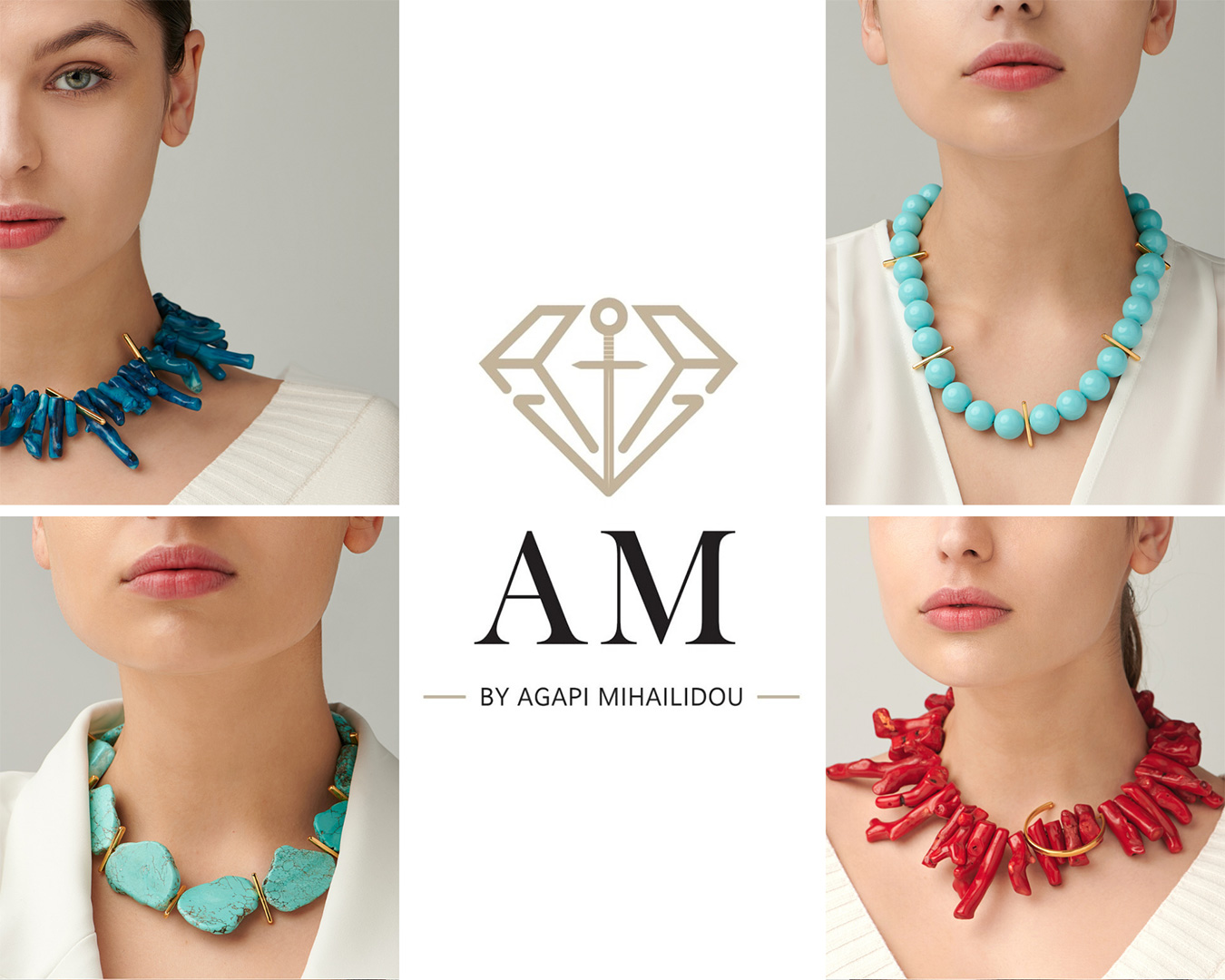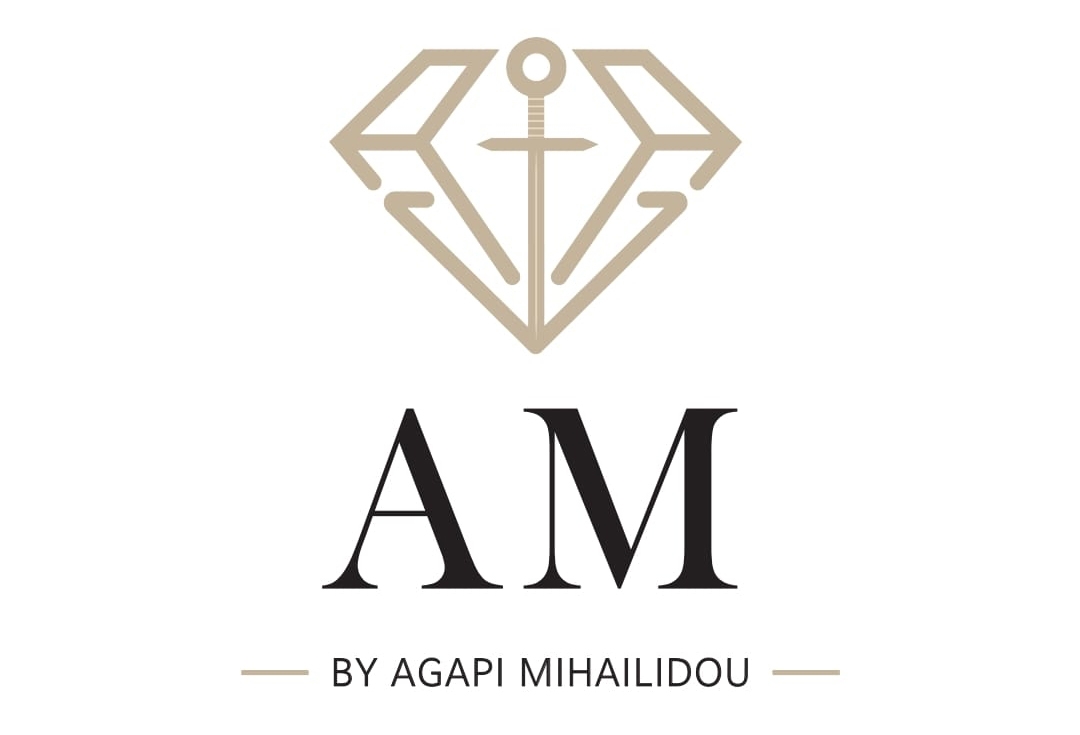In AM by Agapi we have one, simple rule and we follow it through every step of our company’s ways. The rule is that every single one of our products should be a state-of-the-art piece. That is why all of our resources are one of a kind and every product is handmade. Most of our collection is hypoallergenic and produced with Silver 925, organic materials and semi-precious stones, while some of the products are made with detailed 24K Gold or Platinum-plating methods. Our Greek designers and technicians are experts in fulfilling your every need, while our philosophy is focused on giving you the best of our abilities in every aspect of jewelry making. Give us the opportunity to make your dream jewel come true and place your orders either directly via our website or by giving your custom order via our contact methods. We also accept corporate gift orders, so all you have to do is contact us and let us know of all your needs!

Our semi-precious stones and their stories

Amethyst
Agate
In ancient Rome it was believed that agate worn on the left hand secured the favor of the gods regarding the fruitfulness of the earth. Especially dendrite or moss agate, hanging on the trees, at their roots or even in the corners of the estate, is believed to enhance the yield of plants and increase the harvest. In ancient Greece and Rome, agates were worn, usually carved on the head of an animal, for protection against plagues and epidemics. At the same time, in ancient Britain, the inhabitants wore agate to protect themselves from skin diseases.


Corrals
The ancient Egyptians dedicated corrals to Isis, and the Romans to Aphrodite. In ancient Greece, corrals were called “gorgonides” or mermaids, because the ancient tradition said that they were formed from the blood of the mermaid, while to this day in many areas Greeks believe that the coral protects against the evil eye, but also sailors from the fury of the sea. In Chios, coral twigs were hung in the crib of newborns. It should be mentioned that in many renaissance paintings, the divine infant of Jesus Christ is depicted with a coral twig hung around the neck. The word coral probably has Greek etymology: kori – alos, which means daughter of the sea.

